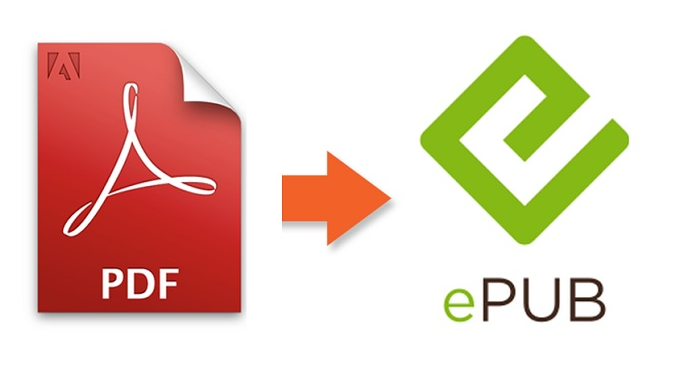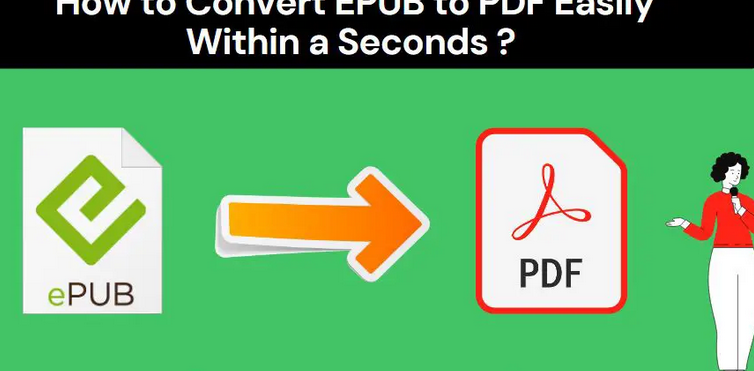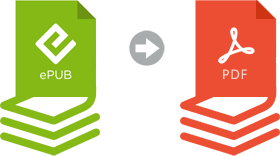The Basics of EPUB and PDF Formats
In the digital realm, two commonly used formats for documents and e-books are EPUB and PDF. Let’s delve into the basics of PDF formats and explore their unique characteristics.

PDF Formats Unveiled: A Snapshot
Portable Document Format, or PDF, stands as a versatile and widely accepted format for documents. Developed by Adobe, PDF ensures that files maintain their original formatting across various platforms.
Structure and Flexibility: The Core of PDF Design
PDF is structured with a fixed layout, maintaining consistent visual elements regardless of the device or software used. This fixed format enhances the document’s stability, ensuring a uniform viewing experience.
Universal Accessibility: PDF Across Platforms
PDF is synonymous with universal accessibility. It opens seamlessly on different devices, operating systems, and web browsers, making it an ideal choice for sharing documents across diverse platforms.
Creating a PDF: A Simple Endeavor
Generating a PDF is a straightforward process. Whether through software applications or online converters, users can effortlessly convert documents into the PDF format, preserving their original structure.
Interactive Elements: A Hallmark of PDF
One notable feature of PDF formats is their ability to include interactive elements. From hyperlinks to multimedia content, PDFs can transform a static document into an engaging and dynamic experience.
PDF and Security: Safeguarding Information
Security is paramount, and PDF formats offer built-in features for protecting sensitive information. Encryption, password protection, and digital signatures fortify PDFs against unauthorized access, ensuring document integrity.
EPUB vs. PDF: A Brief Comparison
Contrasting PDF with EPUB, another prevalent e-book format, brings forth distinctive attributes. While PDF maintains fixed layouts, EPUB is renowned for its reflowable design, adapting content to different screen sizes.
Understanding EPUB’s Flexibility
EPUB, short for Electronic Publication, caters to dynamic layouts. This format is particularly favored for e-books, allowing text and images to adjust fluidly to varying screen dimensions, providing an adaptable reading experience.
EPUB’s Edge in Text Reflow: Adapting to Different Screens
Unlike PDF, EPUB’s text reflow capability is a standout feature. This adaptability allows readers to customize the text size and font, fostering a more personalized and comfortable reading experience.
EPUB and Multimedia Integration: A Multimedia Affair
EPUB shines in multimedia integration. It effortlessly incorporates audio, video, and interactive elements, enhancing the reader’s engagement beyond the traditional realms of text and images.
Choosing Between PDF and EPUB: A Matter of Purpose
When deciding between PDF and EPUB, consider the intended use. If precise formatting is crucial, as in official documents, reports, or fixed-layout e-books, PDF is the preferred format. EPUB, on the other hand, is ideal for novels and publications where adaptability to various screens is paramount.
The Future of PDF Formats: Innovations Ahead
PDF formats continue to evolve with technological advancements. The incorporation of features like real-time collaboration, cloud integration, and enhanced interactivity paves the way for a more dynamic and collaborative future.
Continuing the Exploration of PDF Formats
PDF Portfolios: Bundling Diverse Content
PDF portfolios are a unique feature that allows users to compile multiple files into a single, cohesive document. This bundling capability is especially valuable for presenting diverse content in a unified and organized manner.
Interactive Navigation: Hyperlinks and Bookmarks
PDFs support hyperlinks and bookmarks, enhancing interactive navigation. Users can seamlessly jump between sections or external resources, creating a user-friendly experience and facilitating efficient exploration of complex documents.
Conclusion
In conclusion, PDF formats stand as pillars in the digital document landscape. Their fixed layout ensures consistency, universal accessibility fosters widespread sharing, and interactive elements add layers of engagement. As technology propels us forward, PDF formats adapt, ensuring they remain indispensable in the ever-changing digital terrain.






